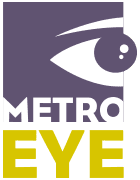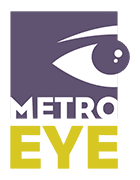Vision changes are common after age 40, and risk for several vision problems increases with age.
Here are a few important age-related eye problems to be aware of:
Presbyopia is the normal age-related loss of near focusing ability that affects virtually everyone after age 40. Presbyopia is not an eye disease and can easily be corrected with bifocals, progressive lenses or multifocal contacts.
Cataracts are opacities in the eye’s lens that most often occur as a result of aging, and are the most common cause of vision loss among seniors. About half of 65-year-old Americans have some degree of cataract formation. Typically, vision can be restored with cataract surgery.
Macular degeneration (Age related macular degeneration or AMD) is a serious age-related eye disease and the leading cause of blindness among seniors. Though the cause of AMD is not completely understood, chronic inflammation and oxidative changes appear to play a role.
Glaucoma describes a number of conditions that cause vision loss because of optic nerve damage, usually due to high eye pressure. Early detection is necessary to prevent permanent vision loss.
Diabetic retinopathy is eye damage from diabetes that can cause blindness. Among known diabetics over age 40, the National Eye Institute estimates that 40 percent have some degree of diabetic retinopathy.
Other age-related eye problems include dry eyes, reduced peripheral vision and decreased color vision.
The best way to protect your eyesight for a lifetime of good vision is to eat a healthy diet, maintain a proper weight, exercise and have routine comprehensive eye exams at least every two years or more.

